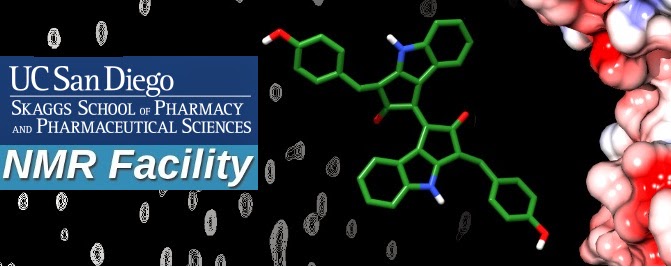Probably the most common question I get asked is "How much sample do I need for a carbon?" The answer is - it depends on the probe being used, the molecular weight of the compound, and how long you are prepared to run the experiment for. For most people, however, "it depends" is not a very satisfactory answer, so I've tried to find a way to get some numbers to answer the question.
Wednesday, April 3, 2024
Tuesday, March 5, 2024
The impact of poor tuning and matching
Tuning and matching is the process of optimising the frequency and resistance of the circuit that includes the detection coil. Every sample has a slightly different ionic content and so the probe should be tuned and matched for each sample. Modern NMR probes have automatic tuning and matching devices, but the Skaggs NMR Facility probes do not. Here, I look at the impact of poor tuning and matching on a 1D 1H spectrum.
Tuesday, February 6, 2024
Altmetrics and citations
Publications arising from work at the SSPPS NMR Facility are tracked on the Facility's Publications webpage. Along with breakdowns of the list by year, lab and journal, this page also reports the Altmetric score for each publication. This is a measure of the attention the article has received, predominantly on social media. To see how the Altmetric score compares with citations I prepared a few graphs.
Wednesday, January 3, 2024
The acquisition time
In an NMR experiment the acquisition time is the period used to record the signal. Changing this value can affect the quality and appearance of your spectrum. Typically, larger acquisition times are used for one-dimensional spectra, with shorter values used in multidimensional spectra. The impact of using different acquisition times on 1D 1H spectra are shown in this post.
